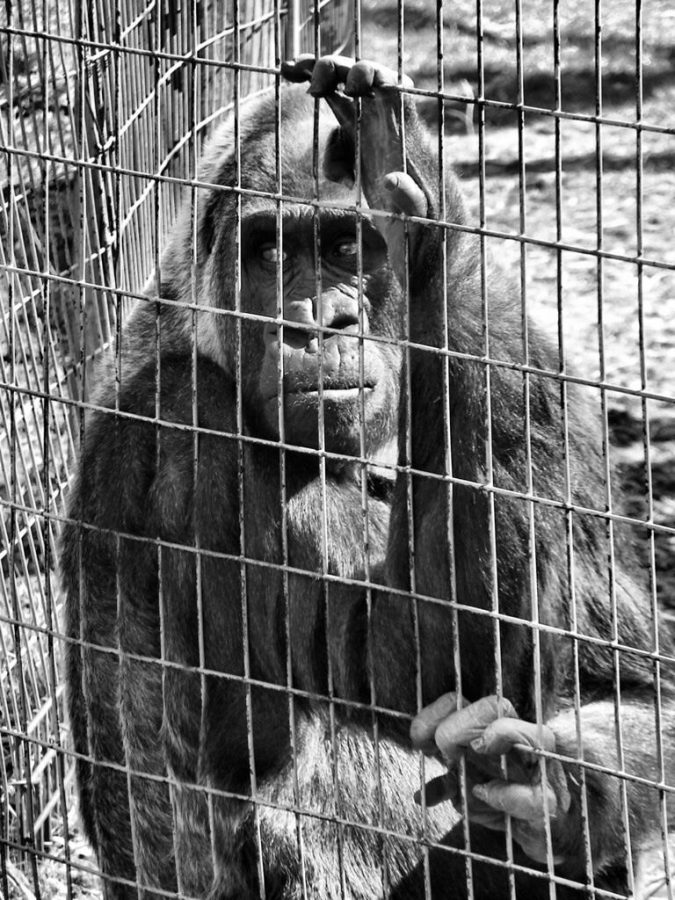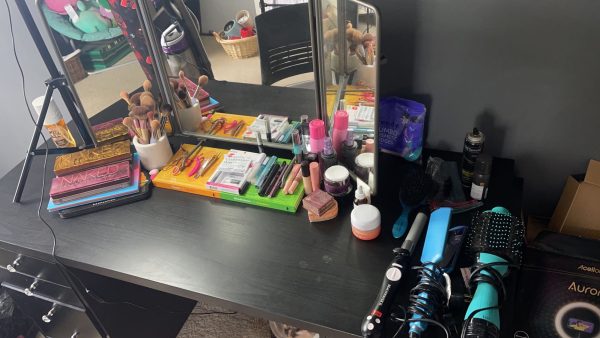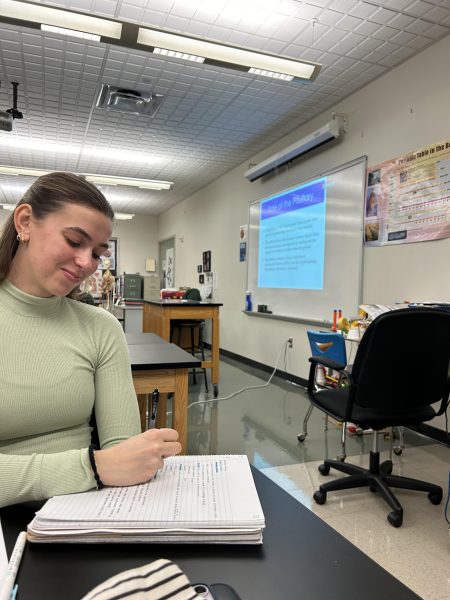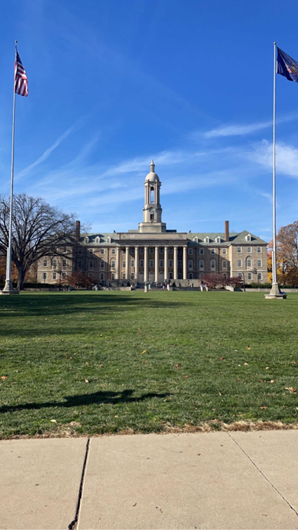Animal Cruelty Must Be Stopped
We all need to take a stance on these animals, and getting the facts straight can be the first step in the right direction. It is a common misconception that all zoos are dedicated to conserving and nurturing animals. However, the statistics do not support this claim. The World Animal Protection Charity published a new report which found that many zoos affiliated with the World Association of Zoos and Aquariums (WAZA) were mistreating their animals. The World Animal Protection charity reported that animal abuse was found in 75 percent of zoos and aquarium facilities. Furthermore, the lifestyles that animals are forced to live in zoos and aquariums are inherently stressful.
Interactions between the animals and the visitors can be extremely taxing for the animal. The unfamiliar stimuli, such as smells and sounds that a new person could introduce to an animal, can trigger a nervous reaction. Moreover, animals often need to be given an adequate amount of space that mimics their natural environment. Freedom For Animals, an organization dedicated to freeing animals from captivity, found that polar bears have one million times less space in zoos than they would in their natural habitat. The Animal Welfare Institute reported that cetaceans stay on the surface 80 percent longer when they are in captivity than they would in their natural environments. These smaller, artificial enclosures are often under-stimulating for animals, leading to depression, boredom, and zoochosis. Zoochosis is a psychological disorder in non-human animals due to long-term captivity. According to In Defense of Animals, an animal protection organization, zoochosis is characterized by “what is called stereotypic behaviors, or stereotypies, which are often monotonous, obsessive, repetitive actions that serve no purpose.
Stated plainly, zoochosis is mental anguish made visible by abnormal behavior, a common indicator of poor welfare.” When Brittney Souder, a veterinarian assistant, was asked if she believes zoos are good for animals, she replied, “I do not think zoos are good for animals as they are trapped in small areas out of their natural habitats. Although Souder believes they are cared for and fed well, she continued, “I would not say they are necessarily being abused.” Not all animals and zoos abuse animals; they are trying to rehabilitate animals and make their lives as close to the wild as possible. If we want to help these animals, the best thing to do is to make our voices heard. Spread awareness about the mistreatment of animals to our friends. Sign petitions or contact a local representative to advocate for animal welfare. Help increase societal pressure on these zoos to push them to treat these animals better. The more people know about the plight of these animals, the better these animals will be treated.
Sources:
https://www.waza.org/wp-content/uploads/2019/05/WAZA-Code-of-Ethics.pdf
https://ballardbrief.byu.edu/issue-briefs/mistreatment-of-wild-animals-in-captivity
https://www.humanesociety.org/resources/animal-cruelty-facts-and-stats
Madison Hapak, Grade 12. Interests/hobbies include crocheting, working with animals, art, and hanging out with friends. Madison plans to go to attend Drexel...










